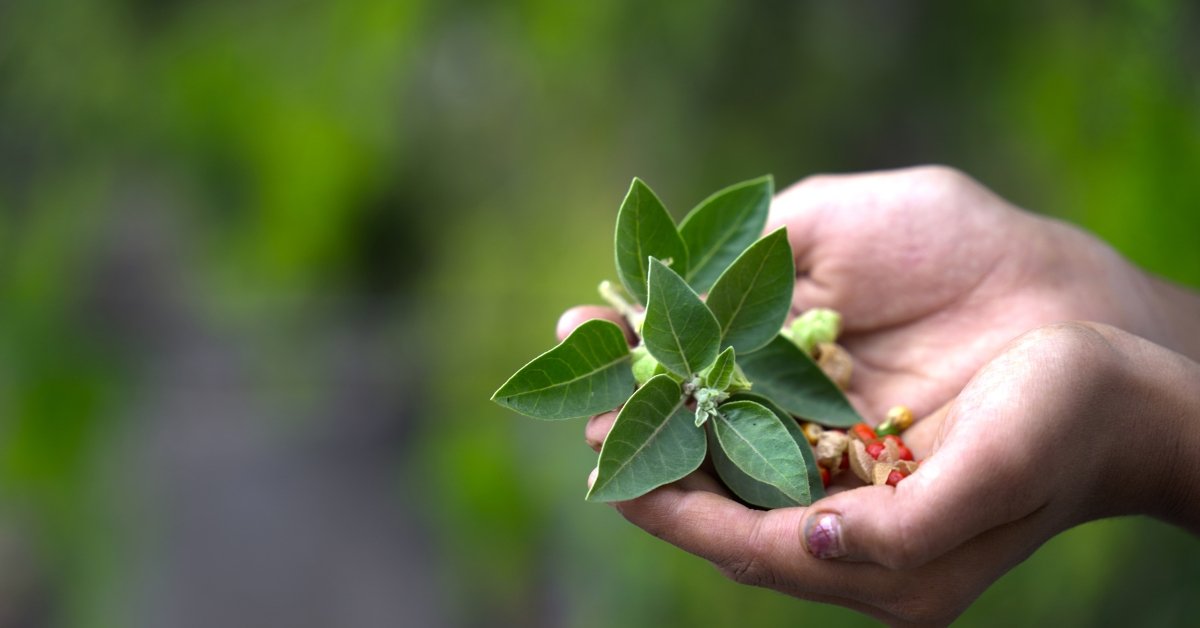Learn how HS codes simplify global trade, specifically in the context of India’s Ayush exports. Find out about classification, obstacles, and the market’s growth.
Table of Contents
Introduction
Commodity exports often involve complex classifications, and one crucial system in this domain is the Harmonized System (HS) codes.
These codes form the backbone of global trade, enabling customs officials worldwide to identify products, determine tariffs, and collect data.
In India, the Indian Trade Classification based on the Harmonized System (ITC-HS) plays a pivotal role in import-export transactions, especially for traditional medicinal products under the Ayush sector.
Understanding Harmonized System Codes
The Harmonized System (HS) of tariff nomenclature is a standardized numerical method of classifying traded goods.
Developed by the World Customs Organization (WCO), the HS codes are used by customs authorities globally to facilitate international trade.
Indian Trade Classification: ITC-HS
India employs the ITC-HS codes for all import and export activities.
The Indian customs use an eight-digit ITC-HS code to cater to the domestic market needs.
These codes are divided into two schedules:
- Import Policy Schedule I
- Export Policy Schedule II
The Directorate General of Foreign Trade (DGFT) oversees these codes’ modifications, formulations, and additions, ensuring they remain relevant and up-to-date.
ITC-HS and the Ayush Sector
The Ayush sector, which encompasses Ayurveda, Yoga & Naturopathy, Unani, Siddha, Homoeopathy, and Sowa Rigpa, has specific HS codes for exporting its products.
Here’s a breakdown:
| Category | HS Codes |
|---|---|
| Medicants | 30039011, 30039012, 30039013, 30039014 |
| Medicaments | 30049011, 30049012, 30049013, 30049014 |
Ayush Exports: Market Growth and Trends
The market for herbal medicines is on a significant growth trajectory. According to the “Herbal Medicine Market Research Report – Global Forecast until 2023,” the market is expected to grow at a compound annual growth rate of 5.88%.
The increasing use of herbal medicines for chronic illnesses like cancer, arthritis, diabetes, and insomnia drives this growth.
Key Export Markets for Ayush Products
| Product | Primary Export Markets |
|---|---|
| Ayurvedic Medicines | USA, EU, UAE |
| Homoeopathic Medicines | Malaysia, Pakistan, Sri Lanka |
| Unani Medicines | Sri Lanka, Mauritius, Nepal |
Current Challenges in Ayush Exports
Despite the promising growth, several challenges hinder the export of Ayush products. One significant issue is the lack of harmonized system codes (HS Codes) for Indian medicinal plants.
This has been a barrier for over 20 years, complicating the export processes.
The Ministry of Ayush has proactively addressed these challenges by forming task forces and developing separate ITC-HS codes for Ayush products.
Initiatives like the Ayush Export Promotion Council (Ayushexcil) aim to enhance the export of Ayush products and services.
Strengthening the Ayush Sector
To boost the Ayush sector’s domestic and international market presence, several measures are needed:
- Regulatory Framework: Strengthen regulatory affairs to ensure quality and compliance.
- Market Research: Conduct detailed studies of foreign markets to understand demand and competition.
- Collaboration: Work with other ministries and departments to establish quality and packaging standards.
- Brand Building: Develop brand value for Ayush medicines and healthcare sciences.
Conclusion
The Harmonized System (HS) codes facilitate global trade, especially for India’s traditional medicinal products.
By addressing existing challenges and strengthening regulatory frameworks, India can enhance the export potential of its Ayush sector, ensuring a thriving future for traditional medicinal systems on the global stage.







